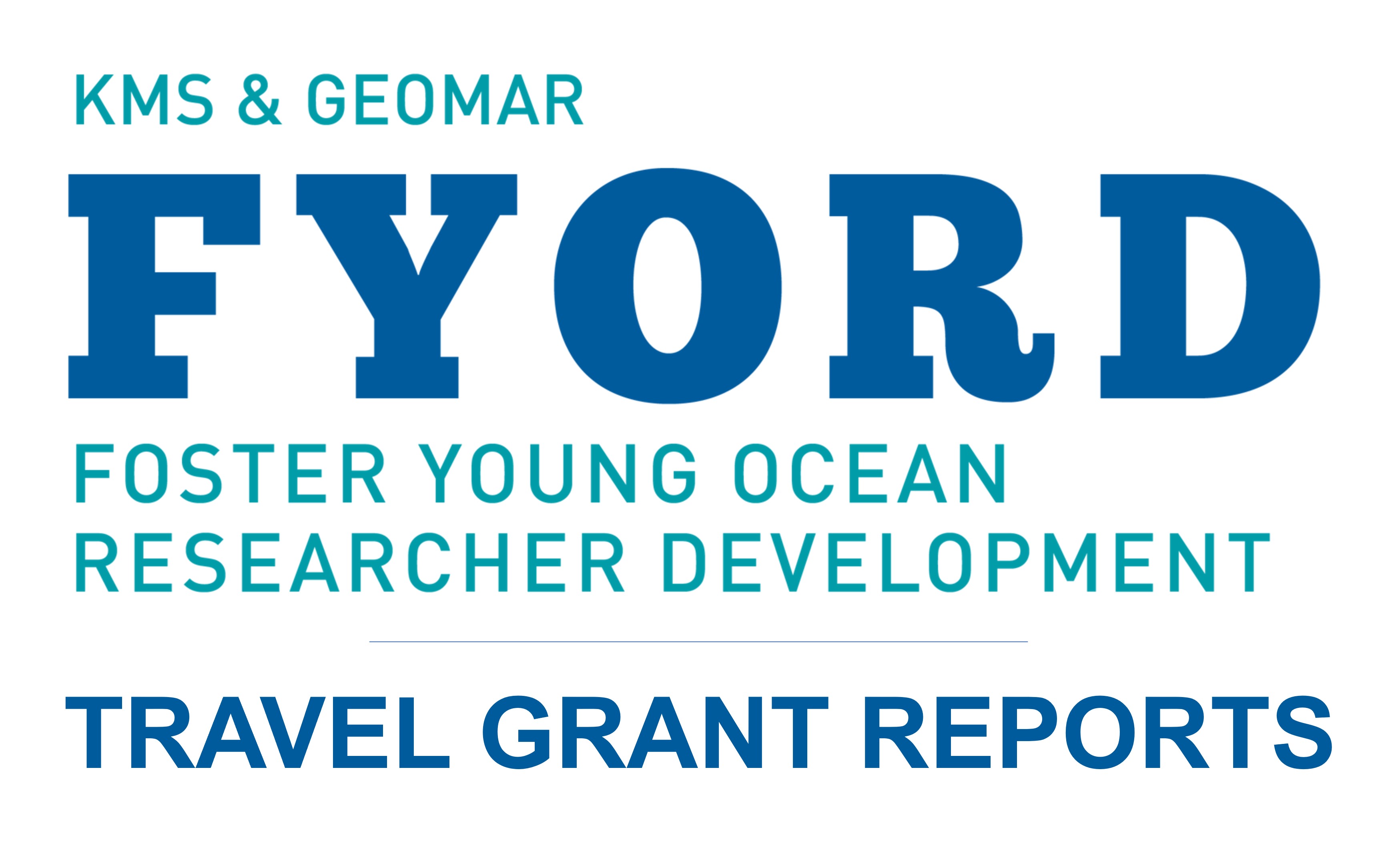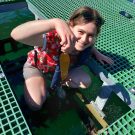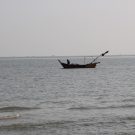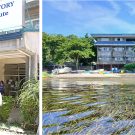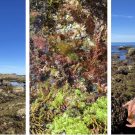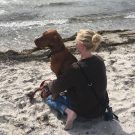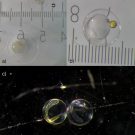EGU 2025 (I) Hello, my name is Elisaveta – though I often go by Lisa – and I’m a second-year doctoral researcher at GEOMAR Helmholtz Centre for Ocean Research Kiel. My research focuses on marine geophysics, particularly using ocean bottom seismometers (OBS) and 2D seismic reflection data. At EGU 2025, I presented data from the […]
Algae vs. ALAN on Anglesey – Light pollution research on epiphytes and macroalgae at the wild coast of northwest Wales
Croeso i Gymru! Welcome to Wales! Among Japan, the Philippines, Malaysia, Cape Verde, Chile, Finland and Spain, Wales is back as a location for this year’s GAME project! We are Stefanie and Clara and will be conducting our experiments over the summer here at the beautiful northwest coast of Wales. Stefanie is studying biology at […]
Between algae and monkeys
Research into light pollution in Malaysia Imagine you are walking along the promenade or through your favorite street at night. What do you see? The glow of streetlights, ship lights, illuminated shop windows. You probably see something, right? While actually, it should be dark. The issue at hand is light pollution. Artificial light at night […]
When light and nutrient pollution collide: How do epiphytes react?
Mabuhay from Team Philippines! For the first time in the programme’s history, GAME takes place in the tropical country of – The Philippines! Composed of 7641 islands, the Philippines is an archipelagic country, surrounded by the waters of the South China Sea on its western seaboard and the Pacific Ocean on its eastern seaboard. Literally […]
FYORD Travel Grant Reports: June 2025
International Seaweed Symposium My name is Friederike Gronwald. I am a third-year PhD student in the Management Ecology of Marine Macrophytes Group (RU Experimental Ecology) at the GEOMAR Helmholtz Centre for Ocean Research. My work focuses on the hydrodynamic and aerodynamic effects on the drifting behaviour of marine macrophytes with diverse morphologies in the Baltic […]
Klimakrise: Frauen stärker betroffen als Männer
von Lena Westphal (Nachhaltigkeitsmanagement) Immer häufiger stellt sich heraus, dass in vielen Bereichen im Leben keine Gleichberechtigung zwischen Frau und Mann besteht. Dies hat oft auch den Grund, dass die Forschung zu bestimmten Themen, die für Frauen relevant sind, rückschrittig ist bzw. sich gerade erst aufbaut. So ist bekannt, dass die Klimakrise mehr negative Auswirkungen […]
There’s good news: GAME 2025 has started!
For those who have never heard of GAME: the acronym stands for Global Approach by Modular Experiments, an internationally oriented research and training program in marine ecology that is in existence for over two decades now. Every year, young researchers from around the world – from Finland to Malaysia, from Japan to Chile – work […]
Choose Joy over Structure – the Journey of my “Scientific” Career
Hi, Henrike here. You don’t know me? Well, we should change that. Formally, I’m a scientist, a science educator and communicator, and a project manager. Personally, I love taking my dog for walks on the beach, feeling the sun on my face and the wind in my hair. I’m creative, curious, a bit chaotic, often […]
Egg hunt!
Hello again, I hope you had a nice easter holiday if you are celebrating and that you found time to enjoy spring if you aren’t. For me this year’s easter egg hunt came early and happened onboard of Alkor. Well, at least in some way it did, except that I replaced actual eggs with tiny […]
FYORD Travel Grant Reports: May 2025
The ICYMARE conference in Bremen Hi, my name is Josephine, I am a student in the Master’s program Biological Oceanography at Geomar Helmholtz-Center for Ocean Research. I am currently writing my Master’s thesis at the Research and Technology Center (FTZ) in Büsum, which is part of Kiel University. My research focuses on the diversity and […]
